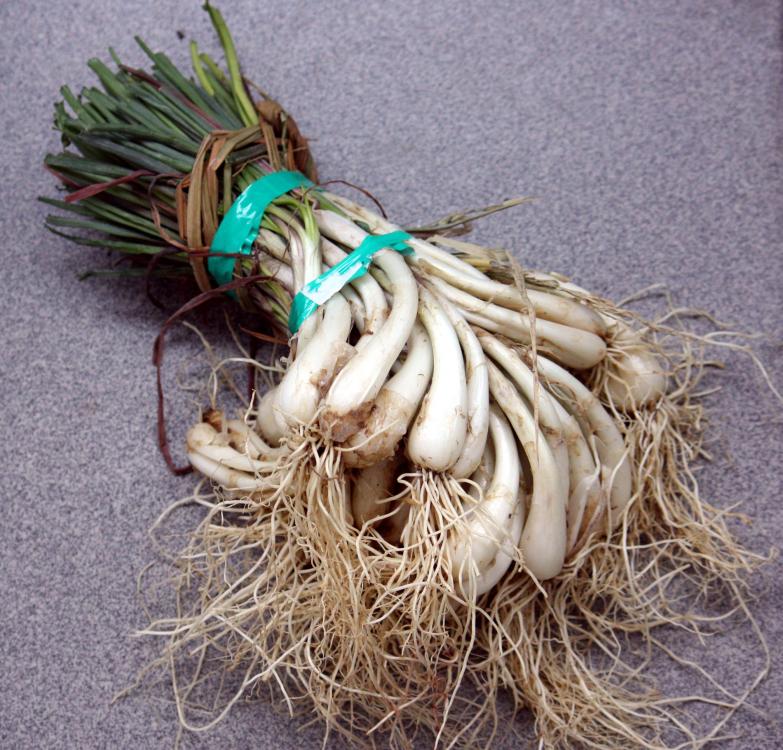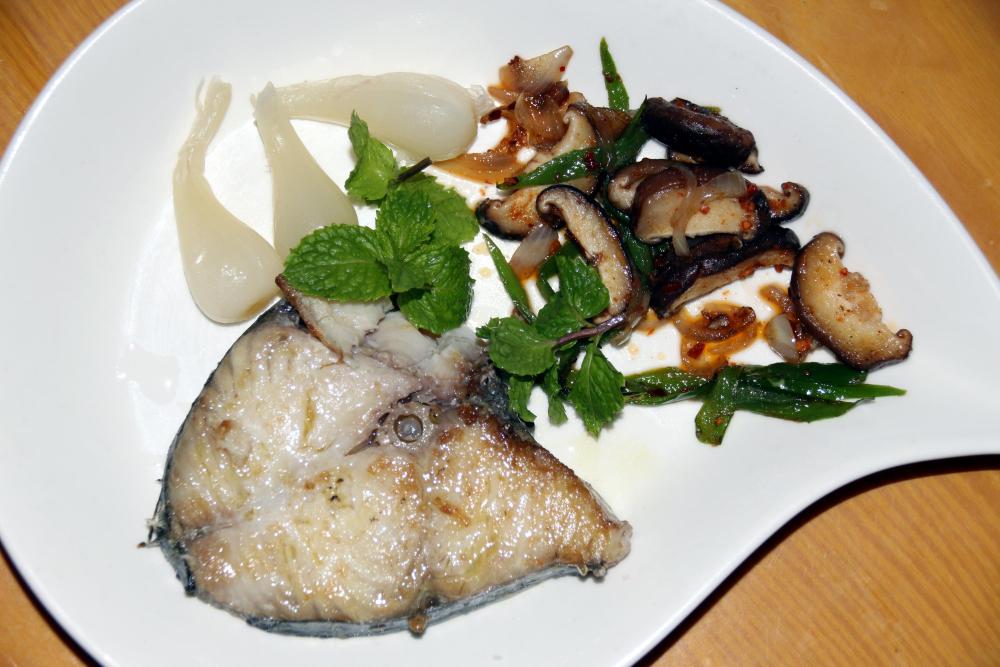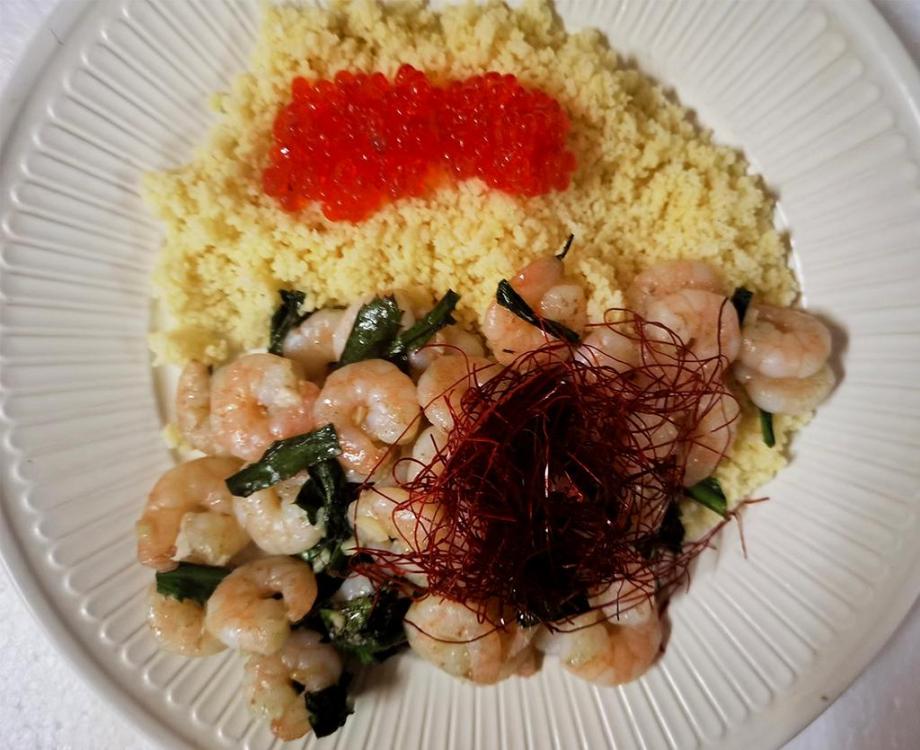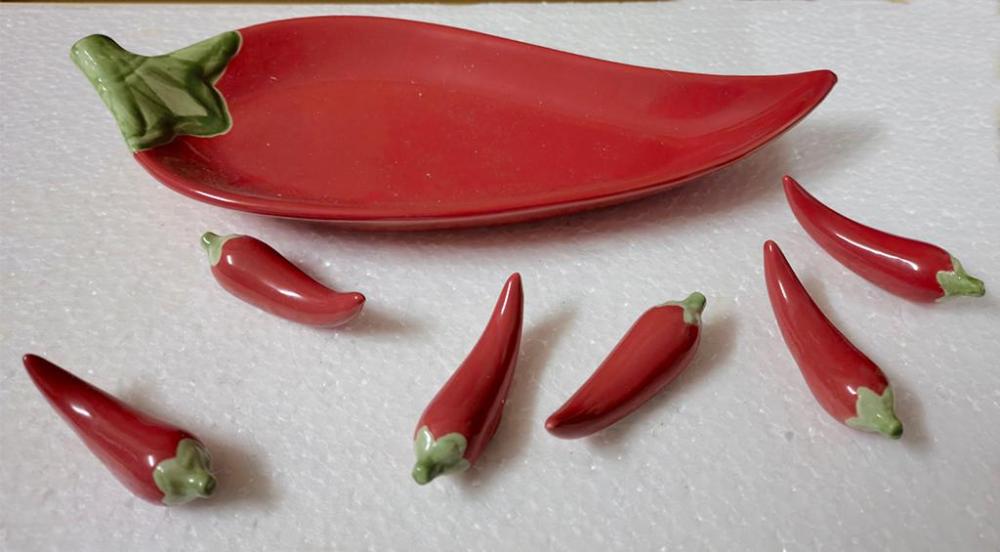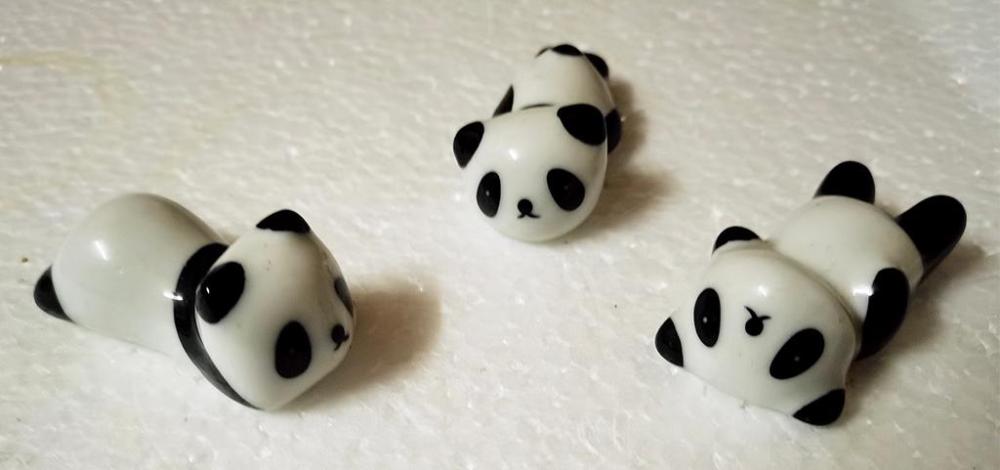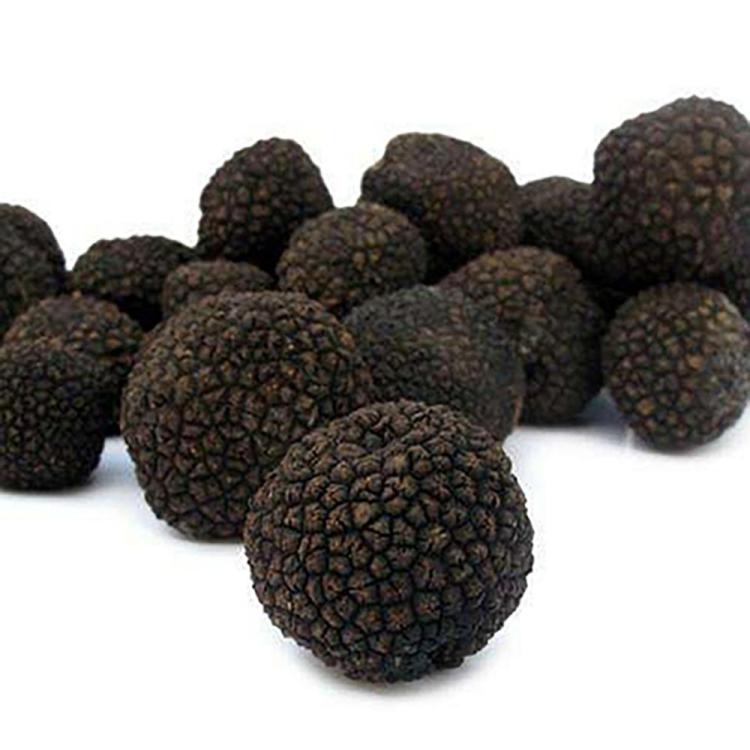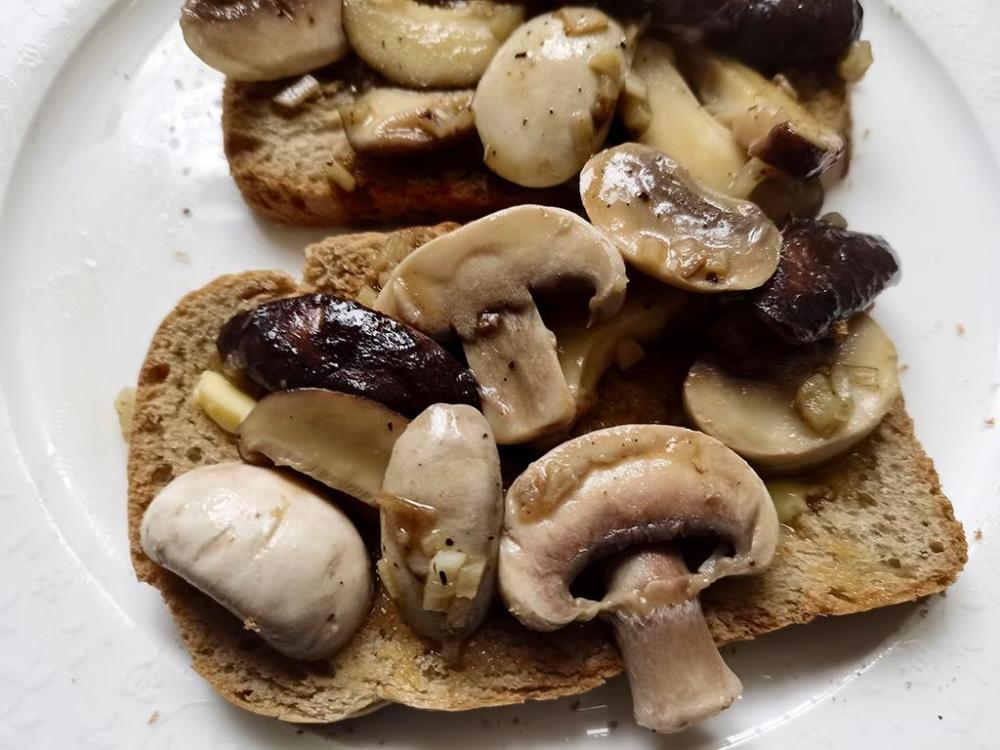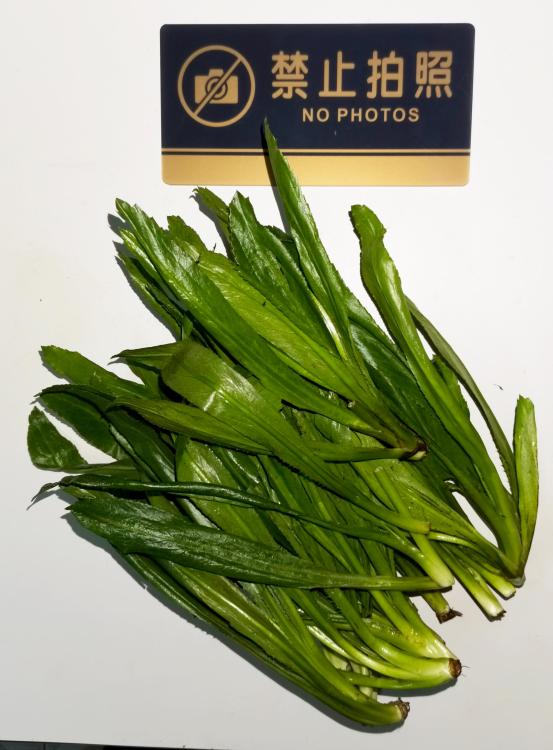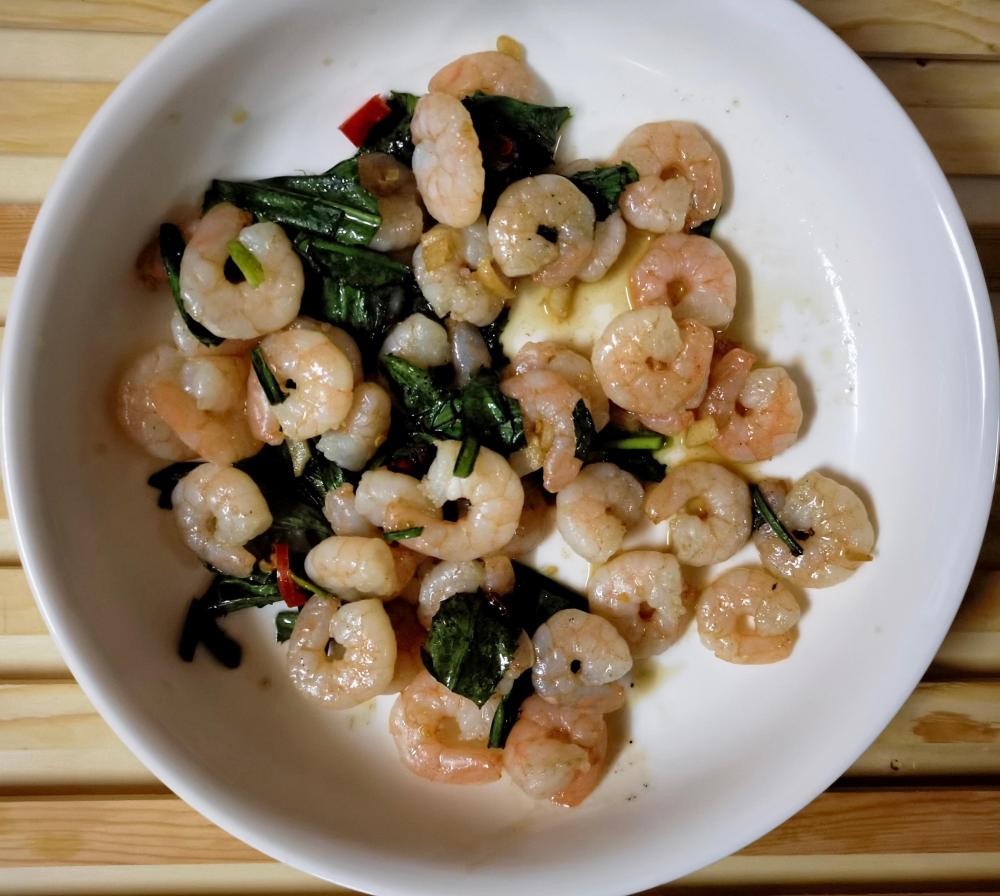-
Posts
16,674 -
Joined
-
Last visited
Content Type
Profiles
Forums
Store
Help Articles
Everything posted by liuzhou
-
I use it regularly. Also, many purchased processed foods contain it. In Europe it is E621. Many people who claim an intolderance or even allergy to MSG are fine with E621!
-
It is about 50 years since I lived in Bath, but I do remember learning to ask for 'a pint of rough'. Is that still current terminology?
-
I also remember when friends from elsewhere in the UK came to visit, we would go that same pub with an old flagon and get it filled, The visitors always said it wouldn't be enough. Shortly before they passed out! A wonderful part of England.
-
I remember being in what was my favourite pub near where I lived and ordering a pint of scrumpy. The very short, middle-aged barmaid started pouring the cider from a huge barrel resting on the bartop. After filling about one third of my pint, the supply stopped. This tiny woman picked up the barrel, shook it vigourously and then poured the rest of my pint, saying "Bit of apple in the tap!". I have no recollection of going home but got there somehow. Great stuff.
-
I've been around for 19 years. If you hover your mouse over anyone's avatar, you will see when they joined. I lived in Bath for a couple of years and have fond memories of food and, especially, cider. Although I also have blank periods after some scumpies!
-
I have done both. They are widely available pre-pickled everywhere. But from time to time, when I have nothing better to do, I do them myself.
-
I think it's still used. I am British but have lived in China for the last 27 years. So I tend to say "one dish short of a banquet". That will be my user name when I am reincarnated.
-
They are 酸乔头 (suān qiáo tóu), Chinese Onions or Allium chinense G.Don. A bit like scallion / spring onion heads but more bulbous. Simply pickled in white rice vinegar.
-
Mackerel steak with shiitake, pickled Chinese onions and herbs. Served with rice and a side of stir-fried Shanghai greens.
-
Prawns with couscous. The prawns were fried with garlic and culantro then garnished with Japanese chilli threads probably too many aesthetically. The couscous is carrying some salmon roe. Plating could have been better but the flavours were great and it was only for me.
-
Soup dumplings (汤包 - tāng bāo) always only contain a little soup alongside the pork and are larger than xiaolongbao. I posted more on this here. What you have is misslabelled. They are 小笼汤包 (xiǎo lóng tāng bāo, small basket soup dumplings.) Anyway, you enjoyed them which is what matters.
-
That confused me for a moment. I thought you had sneaked into my house and taken a picture of the pandas. I have some near identical ones. Well, one is identical, but the other two are in slightly diffferent positions. I'm also fond of these chopstick rests which came with a matching serving plate. I'm a bit confused by these, though. The Chinese on the package reads '小籠包' which are xiaolongbao. They aren't what I call soup dumplings. Did they contain soup?
-
More than once in this topic, I was asked about Chinese truffles and warned people off them. They are a pale imitation of the European truffles. I'd only had them once, in a restaurant here in town and was, to say the least, underwhelmed. Yesterday, I saw some and decided to give them a full test. These are from Yunnan province which borders Myanmar/Burma, Laos and Vietnam and Tibet and they are between 5 and 7 cm / 2 to 2¾ inches in diameter and were the largest. Almost scentless and flavour-free. So my advice remains the same. Avoid.
-
They are in the same botanical family, but very different it terms of genus. Nothing like carrots, for example. The roots are not normally eaten by humans!
-
Yes. Stir fried with garlic as a side dish, most often.
-
Culantro, Eryngium foetidum, recao, Mexican coriander, long coriander, sawtooth coriander and more names and whatever you call it in English. I had eaten this many times in Vietnam where it is ngò gai, but have recently started to find it here in China where it has more names again. And I have become enamoured! Most references call it a herb which it is, botanically. However it isn't always used that way. I tend to use it more often as another great green vegetable. I'm wondering if anyone else does. Or how you use it generally. It is also a bit of a linguistic adventure. Often confused with cilantro or people think someone has mispelled cilantro. Of course, British English seldom, if ever uses 'cilantro', instead calling both the seeds and the leaves 'coriander'*. The thing that interests me is that 'cilantro', adopted from the Spanish was originally, in the 13th century 'culantro' only changing to 'cilantro' in the late 16th century. ('Coriander' is from the French, coriandre.) Also, how do you pronounce 'culantro'? Wikipedia suggests it is pronounced with a hard 'c', ie 'k', yet I seldom hear that. Finally, it is also commonly claimed that it is similar in taste to cilantro / coriander leaf. I don't see that and I know others agree with me. *Is there any other herb or plant where the seeds and the plants have different names?
-

"Phrases I'd never expected to write" dept: Sushi Terrorism
liuzhou replied to a topic in Food Traditions & Culture
Most of these videos have been deleted and the perpetrators arrested - https://www.theguardian.com/world/2023/mar/09/arrests-made-after-wave-of-sushi-terrorism-upends-japans-restaurant-industry -
Are your meals prepared by delivery only companies? All mine come from established real restaurants. Maybe that could be a difference.
-
These clowns are not from the suburbs (they have their own luosifen places) but from all over China, here to put their dumb videos on the internet. That is just one 螺蛳粉 place, but arguably the best. The others are as packed and with lines waiting. Madness.
-
Yup! And the restaurant only has four small tables inside and maybe five outside, maybe 36 chairs, so the folk at the back of the line are going to get the third or fourth sitting.
-
I suspected this, or something like it, would happen. Luosifen has long been a phenomenon on social media here. Now that China has dropped its zero-Covid policies, every weekend or holiday the city gets overrun by teenagers from all over China looking for real luosifen, to the extent that the locals are getting pissed off. We can't get into our favourite places anymore! This is my favourite go-to place last weekend. The line is about 3 times longer than fitted into the photo. Damn Tik-Tack!
-
The de facto main language in Singapore is British English followed by Mandarin Chinese. Most schooling there is done in English. 菜饭 (cài fàn) is Mandarin and simply means 'food', in Singapore especially hawker food. It may be well economical, but the word doesn't hold that meaning.
-
This is only part of dinner, but a surprisingly, a star element. Pan fried prawns with garlic, chilli, Shaoxing wine, culantro.




